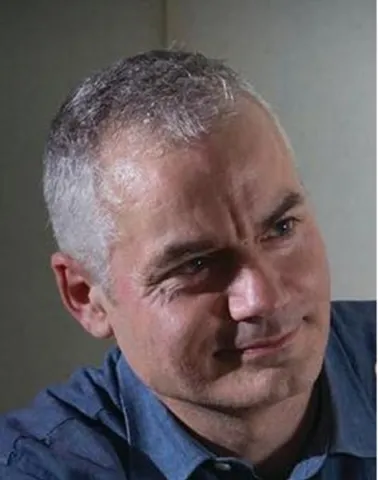Staff
Lead researchers
Other researchers
Collaborating research institutes, centres and groups
Research outputs
Timothy Leighton, Ben Lineton, Craig Dolder & Mark Fletcher,
2020, Acoustics Today, 16(3), 17-26
Type: article

